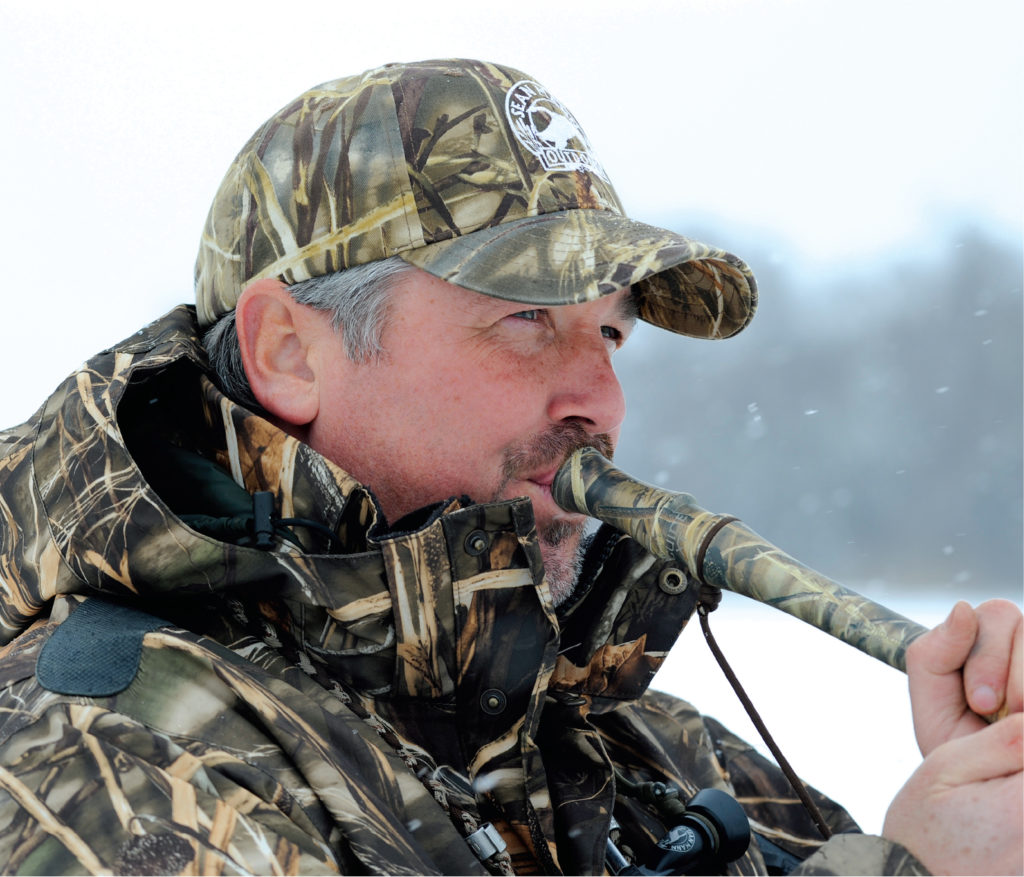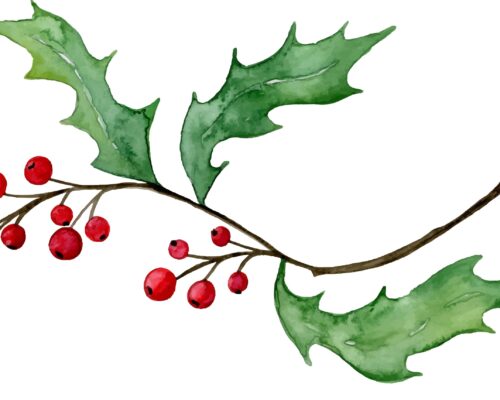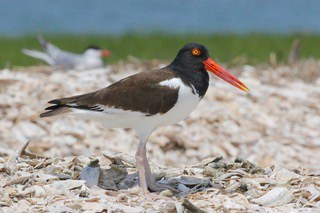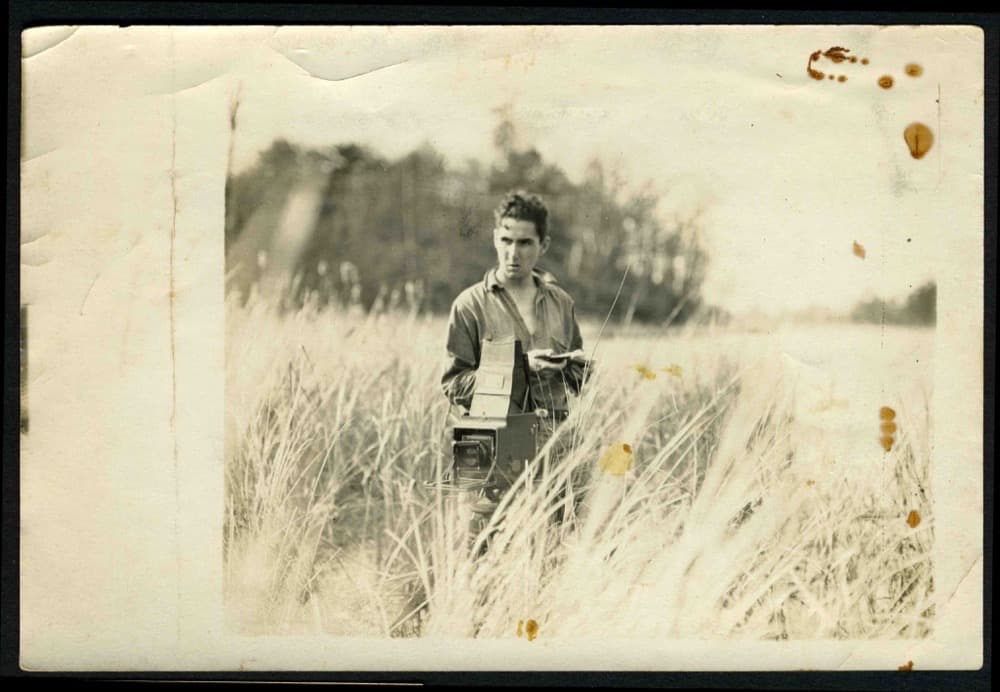Sean Mann and the goose call that changed everything
In each flock, there’s one goose that’s sort of in overall command,” Sean Mann whispers from the corner of pit blind. He’s eyeing a group of Canadas cruising down the Miles River on a mission to somewhere.
Mann blows into his Eastern Shoreman goose call. “You want to say taaa- hoot,” he says, and somehow the distinctive herrrr-onk of a Canada goose chirps out. The geese, about 300 yards out, take a look.
“When the geese are on their wintering grounds, as they are here in Maryland, one goose usually leads the flock,” Mann says. He changes up the pitch and frequency to a greeting call as the flock turns his way. “This is the cluck call, h’ronk, h’ronk. This goose is the one that you want to talk to—herrrr-onk, herrrr-onk. The lead goose is the only goose calling until they commit to landing, and then all of the others will join in.”
Mann belts out a volley of clucks with the lead goose, which commits. The flock locks in for landing.
You could be forgiven for thinking Mann was raised by geese. Generations of geese have been fooled into thinking his hails, greeting, and laydown calls were coming from one of their own.
Growing up in Easton, he absorbed everything he could, hanging around his dad’s gun shop, and was obsessed with learning how to “talk goose” from a young age. He was guiding by the time he was in high school and won the World Goose Calling Championship soon after graduating from college.
Mann started making goose calls to get that extra edge as a hunter and a guide, since nothing on the market could quite capture what he was hearing from the birds. After a few trials and errors, he created the Eastern Shoreman call, which is so effective he could charge a premium price and still hardly meet demand. Today, Sean Mann Outdoors makes a variety of duck and goose calls and boasts a professional staff of over a dozen guides.
“I was severely bitten by goose hunting at a young age,” says Mann. The business of making calls came from his desire to improve his game. “Making a better call meant being a better hunter, which meant being a better guide, which meant better pay, which meant I could spend more time hunting!”
Calling the geese can be more satisfying than the shooting. “It’s also just really a lot of fun to be able to see a bird and call it in,” he says. “In contrast, you can’t see a fish approach very often. You can’t call in that bluefish or rockfish, and watch them come in. But you’re able to watch geese sometimes from over a mile away based on your presentation.”
Nothing gets a hunter’s adrenaline pumping like the sound of honkers on the horizon and the anticipation as they move your way like a group of WWII bombers. Mann says the first waves start arriving in mid-September, but it’s usually not until around Thanksgiving that we get our first major push of birds. A cold front will usually slam into the region overnight, bringing thousands of Canada geese riding in on a northwest wind. “But January is my sweet spot,” says Mann. “When the holidays wrap up, a lot of people have checked waterfowling off their list, but we’re just getting started! The snows [snow geese] are showing up, new waves of Canadas are coming in. If you’re going to have friendly, fresh new birds, you’re going to have them in January.”
On some of the colder winters, the Shore can hold half a million geese, or over half the Atlantic Flyway population.
But Mann says the birds in Kent County, Cecil County, Queen Anne, and on the Sassafras and Chester rivers, don’t always act like the birds in Talbot or Dorchester Counties. “They’re very different birds up there,” he says. There’s also multiple kinds of Canadas and multiple kinds of snow geese, and they all act differently and talk differently.
“Every hunt is different too, and the lighting conditions change the way the hunt goes,” says Mann. “When it’s snowing, it’s magic, and after the snow, when it’s totally freezing, and the sun hits the goose as its flies across the snow, and you can see its breath—that just knocks me out. It’s sensory overload.”
Patrick Ottenhoff writes 52 Week Season, a website featuring interviews with hunting and fishing guides in the Mid-Atlantic. Otherwise, he works in government relations on Capitol Hill.
SEAN MANN OUTDOORS
Sean Mann is a full-time goose and duck call-maker and hunting guide based in Trappe, Md. He runs youth waterfowling seminars throughout the country. His calls run the gamut from effective molded plastic instruments to hand-turned and signed wooden heirloom renditions.
Mann’s calls have won 19 World Championships, six World Game Calling titles, two International Goose Calling Championships, The International Champion of Champions title, the World Goose Calling Champion of Champions title and an additional 37 world and international titles.
In 2015, Sean Mann celebrated the 30th anniversary of his Eastern Shoreman call with a special birdseye maple edition. Check it out and see his other gear at seanmann.com.




